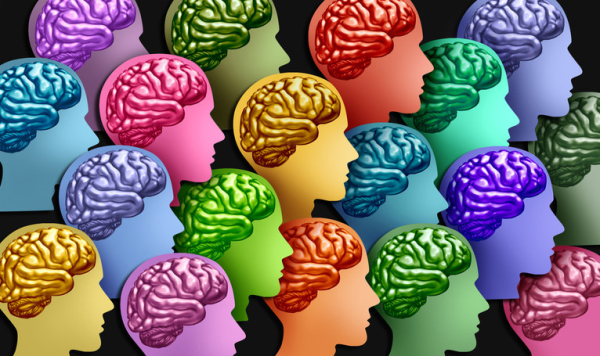 Just about everyone has met or seen someone who has a tic disorder. Many tic disorders are diagnosed during childhood. Less often, a tic disorder like Tourette syndrome is diagnosed in adulthood — as was the case for Scottish singer Lewis Capaldi.
Just about everyone has met or seen someone who has a tic disorder. Many tic disorders are diagnosed during childhood. Less often, a tic disorder like Tourette syndrome is diagnosed in adulthood — as was the case for Scottish singer Lewis Capaldi.
What are tics?
Tics are very common, with as many as one in five children experiencing them at some point. They can be a motor tic, which is a sudden brief movement — like a shrug, finger tap, or grimace — or they can be a noise, such as a word, grunt, or throat clearing.
In some cases, the movements or noise can be more complex, such as an unusual way of walking, saying particular words, or echoing the words of others (echolalia). Tics are involuntary, although they can sometimes be suppressed.
Tics may be temporary or long-lasting: about a third will go away entirely, a third improve with time (sometimes with treatment, though it's often not needed), and a third are long-lasting.
What is Tourette syndrome?
If someone has both motor and vocal tics that last more than a year, starting in childhood, they are said to have Tourette syndrome (TS).
It’s hard to know exactly how common Tourette syndrome is, as many children go undiagnosed. The Centers for Disease Control and Prevention (CDC) estimates that one in 162 children has Tourette syndrome. TS is about four times more common in boys than girls.
What causes Tourette syndrome?
We don’t know exactly what causes TS. There are likely some genetic factors, but psychological and environmental factors play a role as well.
Many children with TS also have either attention deficit hyperactivity disorder (ADHD) or obsessive compulsive disorder (OCD). Stress, fatigue, or excitement can make tics worse, as well. There has also recently been an increase in tic disorders — some meeting criteria for TS — among teens who have seen videos of others with tics on social media. These are called functional tic disorders.
What age is Tourette syndrome most likely to start?
TS usually begins between 2 and 15 years, with an average age of onset of 6 years, although in some cases it shows up later in the teen years. While TS usually gets better or completely resolves during adolescence and adulthood, it can be really tough for kids who have it. Having TS increases the risk of anxiety, school problems, sleep problems, mood disorders, and even suicide.
How is Tourette syndrome treated?
There is no cure for tics, but there are ways to make them more manageable and less frequent, which can make a big difference.
- CBIT. This approach involves training a person to recognize when the tics are going to happen and engaging a competing response that is more socially acceptable. It could be something like taking deep breaths, or substituting a different, more subtle movement for the disruptive one. This is called comprehensive behavioral intervention for tics, or CBIT. It can be very effective; the problem is that it can be difficult to find therapists trained in this form of treatment, and it is not always covered by insurance.
- Medications. If CBIT is not an option or not adequately helpful, medications are sometimes prescribed. Medication is usually not necessary, and is always a second choice behind behavioral therapy.
To learn more about TS and how to manage it, you can visit the CDC page, the NIH page, or the website of the Tourette Association of America.
About the Author

Claire McCarthy, MD, Senior Faculty Editor, Harvard Health Publishing
Claire McCarthy, MD, is a primary care pediatrician at Boston Children’s Hospital, and an assistant professor of pediatrics at Harvard Medical School. In addition to being a senior faculty editor for Harvard Health Publishing, Dr. McCarthy … See Full Bio View all posts by Claire McCarthy, MD
